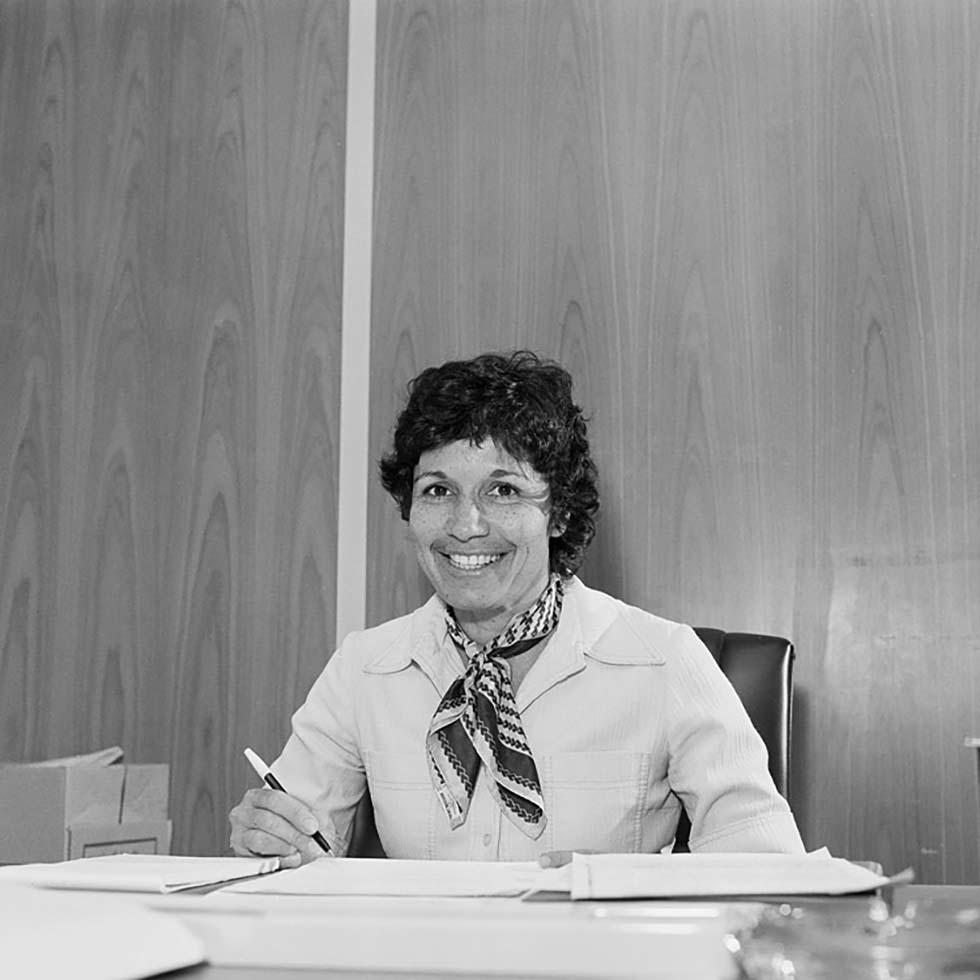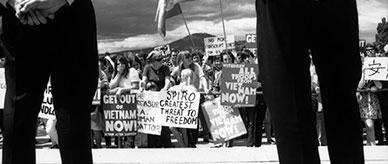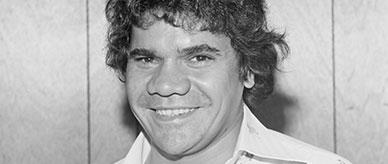


About this record
This black-and-white photograph shows Aboriginal activist and public servant Pat O’Shane in her position as the head of the New South Wales Department of Aboriginal Affairs (DAA). O’Shane is shown smiling at the camera, seated behind her desk, pen in hand.
Educational value
- When Pat O’Shane was appointed head of the NSW DAA in 1982, it was one further success in a career marked by high personal achievement and ‘firsts’ for Aboriginal people. Believed to be the first female certified Aboriginal teacher in Queensland and the first Aboriginal person to graduate in law, in 1976 O’Shane became the first female Aboriginal barrister.
- By accepting the appointment to lead the DAA, O’Shane became not only the first Aboriginal person to head a government department in Australia but also the first woman to do so. The ‘firsts’ continued when she returned to the law in 1986 as the first Aboriginal state magistrate. Although all these ‘firsts’ mark O’Shane as a high achiever, she is best known for her ability to bring issues affecting Aboriginal people to a wider audience. O’Shane retired from her position as magistrate in 2013, after 27 years in the job.
- In her role as head of the NSW DAA—as in her various roles in the law—O’Shane established a reputation for being forthright and strong. In media interviews she explained that it was important to speak out against racism and injustice, and to continue the struggle for Aboriginal rights. O’Shane also wanted to use her outspoken public profile to demonstrate to women and Aboriginal people that they were capable of doing what she had done.
- O’Shane believes the heritage of her parents was a major contributing factor both to her achievements and to her capacity to take a strong stance. O’Shane was the child of Patrick James O’Shane, an Irish-Australian, and Gladys Dorothy O’Shane, a noted Aboriginal activist. As strong influences in her life, Pat O’Shane has highlighted her father’s teaching of the need to keep on fighting and her mother’s record of achievement in the Cairns Advancement League.
- This photograph of O’Shane, almost hidden behind her desk, presents an image that is at odds with her reputation—but perhaps hints at difficulties she was not revealing at the time. In 2005, O’Shane made public that all her achievements had been made while suffering episodes of clinical depression dating back to the early 1970s. She described periods of electroconvulsive therapy, which was widely used at that time to treat depression.
Acknowledgments
Learning resource text © Education Services Australia Limited and the National Archives of Australia 2010.
Related themes
Need help with your research?
Learn how to interpret primary sources, use our collection and more.


